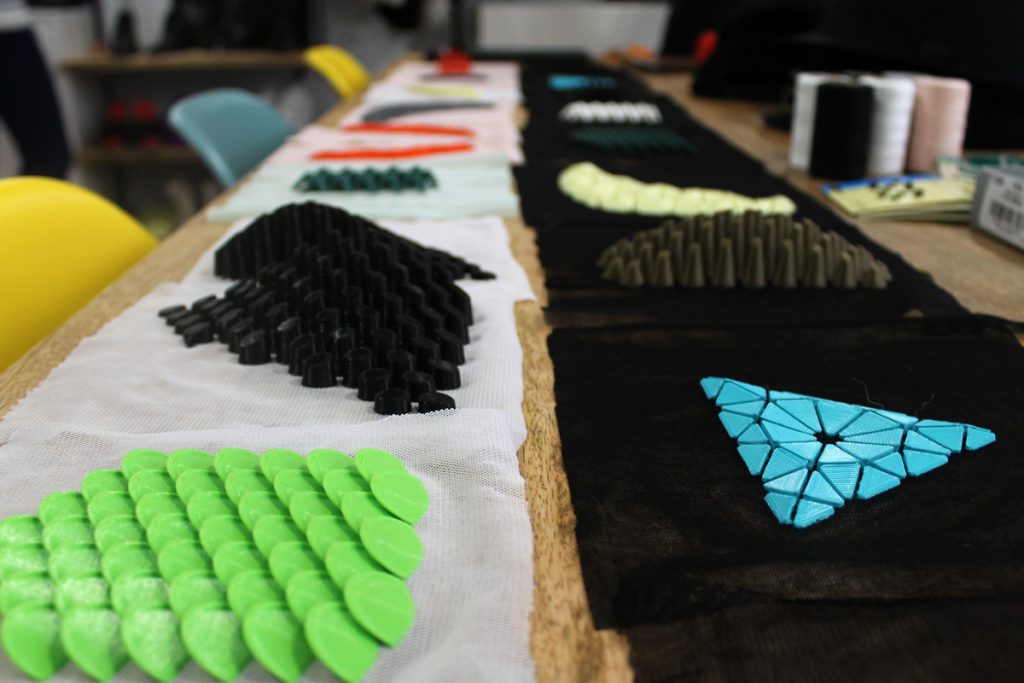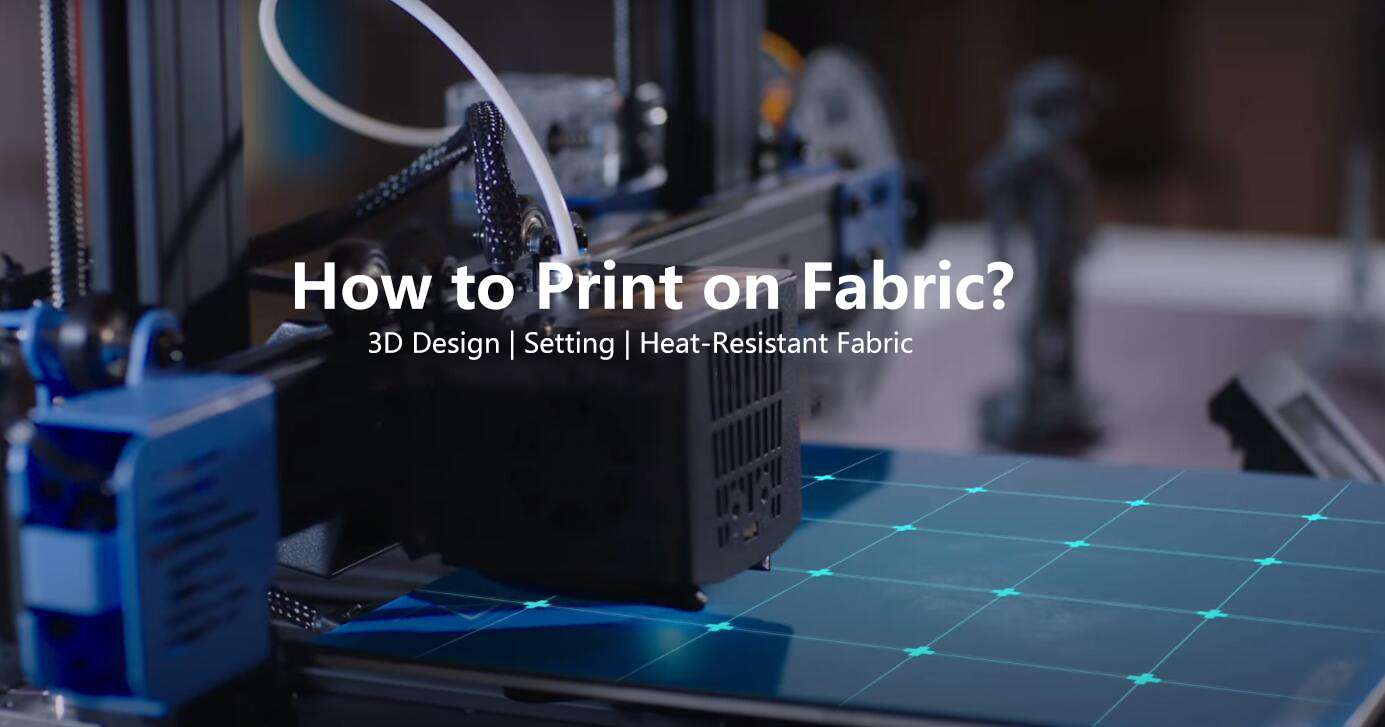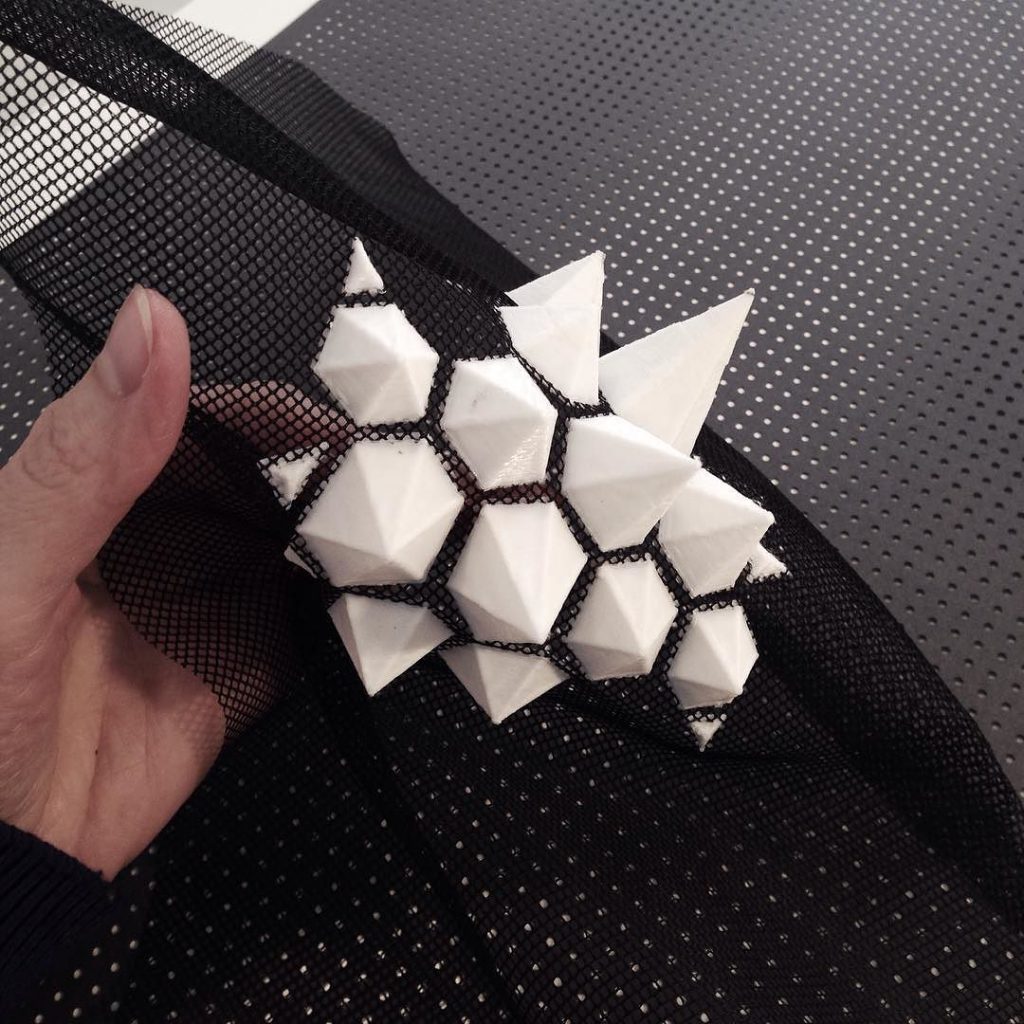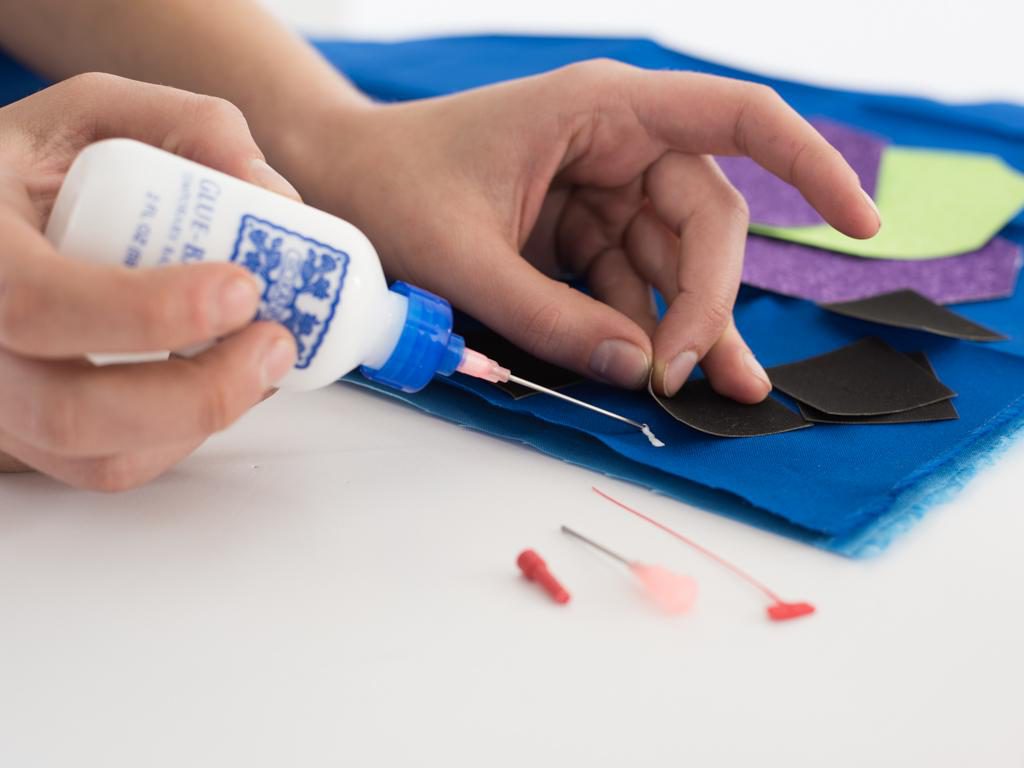3D Printing on Fabric Is Easier Than You Think!
We’ve seen 3D printing make some big waves in the fashion industry and though 3D printing wearables still aren’t a part of our closet, it doesn’t mean we can’t experiment at home! Whether you want to print something fancy on your boring old t-shirt or love making your cosplay armor, therefore 3d printing can give a whole new dimension to a simple fabric. So luckily we have some easy ways for you to join in on the fun!
How to prepare for 3D printing fabric?
PLA or ABS filament
PLA is the most frequently used material with a lower printing temperature and excellent printing effect. ABS is premium at its hardness which is a strong thermoplastic material requiring higher printing temperature. Click here to check out the differences between PLA and ABS filaments.
Printing Fabric
Heat-resistant cotton, polyester, blends, or netting and meshes.
3D model
Design your own or download them from sites like Thingiverse.
3D Printing software
Of your choice like EasyPrint 3D App.
Instructions:
You can directly print onto a fabric of your choice OR first print onto material like tulle/mesh. Therefore, then sow it onto another. Follow these easy steps 3D print your designs onto fabric!
1. Choose a design. You can create your own using TinkerCAD or download a cool design from Thingiverse, MyMiniFactory, etc. Geometric shapes are some of the best choices especially ones with spaces in between, in this way, your fabric can still be flexible.
2. 3D printing software. Use it to slice your model and convert it to G-code. Infill of 20-30% should be good enough for most designs.

3. Choose fabric! Materials like cotton are good since they can easily withstand the temperature of PLA. Smoothen your fabric over the print bed making sure that there are no creases or wrinkles. To make sure that your fabric sticks to the print bed, you can use double-sided tape or clothespin clips to hold the fabric down from the edges of the print bed.
4. Check settings. The first layer you print will soak into the fabric and bind directly to it. After you’ve checked all the settings, print as you normally would. Just be sure to occasionally check your print to see that the extruder head isn’t pulling the fabric too much.
5. Remove it. After your print is done, wait for the print to cool and gently remove it from the print bed. And there, you’re all done!
Should you use fabric glue with 3D printing fabric?
Without fabric glue, your print may not be permanently stuck to the fabric below and could peel off if you apply enough force. To ensure fabric glue gets absorbed thoroughly you should use it on both the top and under the top surface.
However, If you’re looking for a step-by-step method, check out Uncle Jessy’sawesome tutorial from which you can fuse a fabric-like mesh of tulle between the layers of your 3D print!
You can download both the Dragon Scales and Hexagon Patterns from Thingiverse! So get printing and share your creations to inspire others. The article is helpful and will inspire you to 3D printing on fabric. Happy Printing!
Need a 3d printer to get started? Check out our Store for some great deals!


